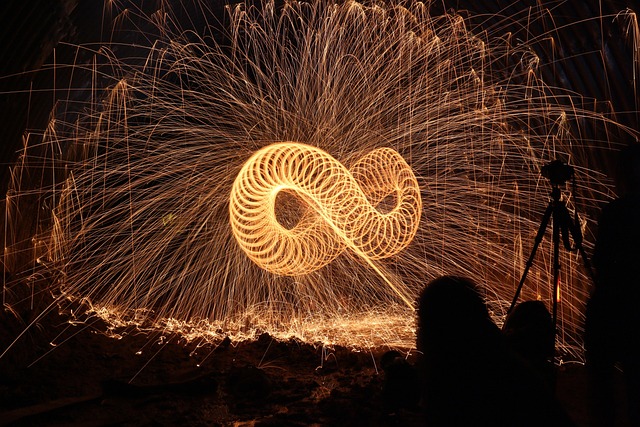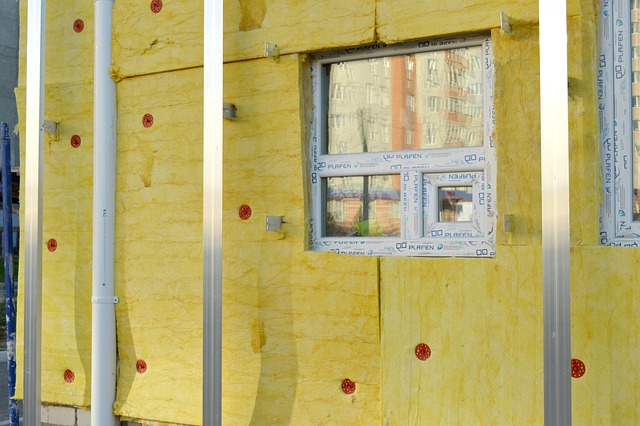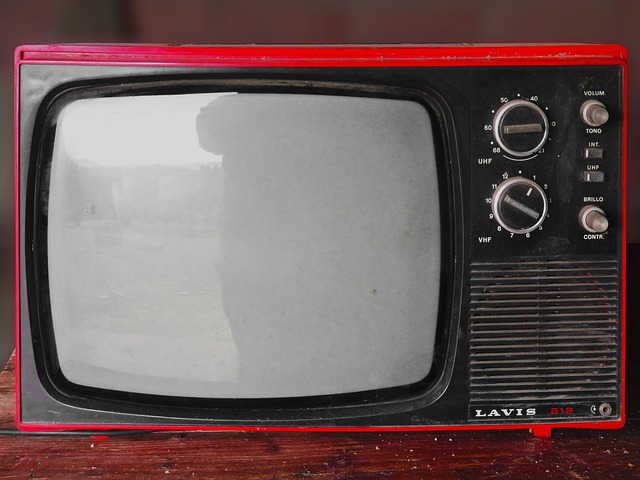The Doppler effect is a vital concept that audio technicians must not only understand but also leverage to enhance their craft. This phenomenon occurs when there’s a change in frequency or wavelength of a wave in relation to an observer moving relative to the wave source. Whether you’re working on a film score or crafting sound effects for a live performance, understanding the Doppler effect can significantly enhance the realism of your audio experience.
Modern display technology can visually represent the Doppler effect, allowing audio technicians to not only hear but also see how sound waves interact in various situations. Monitors equipped with advanced visualization capabilities can showcase the shifting frequencies as sound moves toward and away from the observer. This visualization helps technicians grasp the impact of speed and direction on sound propagation, making the concept less abstract and more tangible.
Imagine working on a live TV broadcast where a car races past, and the dramatic shift in the sound of its engine must mirror its movement. Using visualization techniques on high-resolution monitors, you can observe the compression and rarefaction of sound waves in real-time, simulating the Doppler effect to produce a more immersive audio output.
Technologically advanced audio software can mimic the Doppler effect through algorithms that alter pitch and frequency based on the relative motion of sound sources. This technological advancement allows sound designers and audio mixers to create incredibly realistic soundscapes that captivate the audience. By timing audio cues to coincide with visual cues on-screen, technicians can craft experiences that are cohesive and engaging.
Incorporating the principles of the Doppler effect into your audio projects not only enhances technical skills but also deepens the emotional response from your audience. When synchronized skillfully with visual elements, the sound transforms from a mere backdrop to an essential narrative device that engages viewers on a multi-sensory level.
With each technological leap in monitors and display tech, audio professionals gain further insights into how sound can be manipulated. Whether you’re visualizing Doppler effects in post-production using advanced graphics software or adjusting live audio mixes, understanding this principle is crucial for elevating the quality of sound in today’s visually-driven media landscape.
As the lines between audio and visual technology continue to blur, mastering the Doppler effect is indispensable for anyone serious about audio technology. Embrace the tools at your disposal, experiment with different audio dynamics, and watch as your craft evolves into a richer, more immersive experience—a true marriage of sight and sound.



